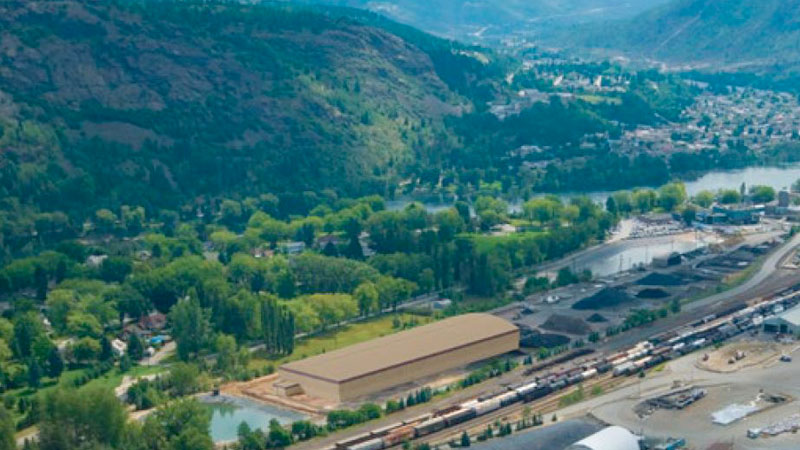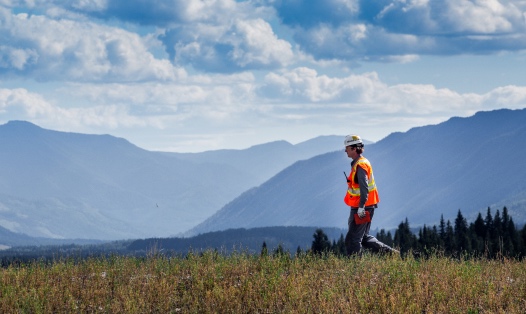For more than 100 years, our Trail Operations in southern British Columbia has refined zinc, lead and other base and precious metals that are used in the building blocks of modern technologies, such as rechargeable batteries and mobile phones.
At the same time, these operations can have an impact on the surrounding environment, in particular air quality, which is why Trail Operations has implemented numerous initiatives to improve environmental performance and community air quality over the years.
In 1979, we embarked on a $1 billion modernization program to improve the operational and environmental performance of Trail Operations. With the installation of the KIVCET lead smelting furnace in the mid-1990s and many additional pollution control measures, lead stack emissions have been reduced by more than 99% throughout the past 25 years.
In recent years, Trail Operations has focused on reducing fugitive dust emissions, including sources of dust such as material stockpiles, open mixing of materials, and vehicle traffic.
In 2013, in consultation with the Trail Health and Environment (THE) Committee, Trail Operations developed a comprehensive five-year plan in order to reduce fugitive dust. The THE is a community-led health and environment initiative, chaired by the mayor of Trail, with representatives from the City of Trail, Teck, the Interior Health Authority, the B.C. Ministry of Environment and local community members. The committee, which has initiated numerous programs to improve community health, has achieved many health goals throughout the past 20 years.
Our five-year fugitive dust reduction plan included construction of the Tadanac North materials storage building in 2014, installation of two wheel washes, and a targeted internal and external road cleaning program that was implemented in 2013 and 2014.
Moving forward, Trail Operations is constructing a new Smelter Recycle building that will enclose the storage and mixing of in-process materials, resulting in a reduction of an estimated 25% of total fugitive dust emissions. It will take a lot of space to house all of the materials – the building will be larger than a Canadian football field. Construction of the new building will be completed by summer 2016.
“In partnership with the Trail Health and Environment Committee, we are committed to setting and reaching goals to enhance the health and environment of our community,” said Greg Belland, General Manager, Trail Operations. “The new Smelter Recycle building is a key component of our fugitive dust reduction program, which will result in a significant reduction in dust and contribute to overall air quality.”
Air quality is monitored at a variety of locations throughout the Trail area. Metals (such as lead and arsenic) and sulphur dioxide are measured at four stations throughout the local community 24 hours a day. Dust fall is also collected on a monthly basis at 11 locations. This information is collected and analyzed by Teck’s environment staff and routinely reported at THE Commitee meetings, and posted in the meeting minutes on the THE Program website at www.thep.ca.

